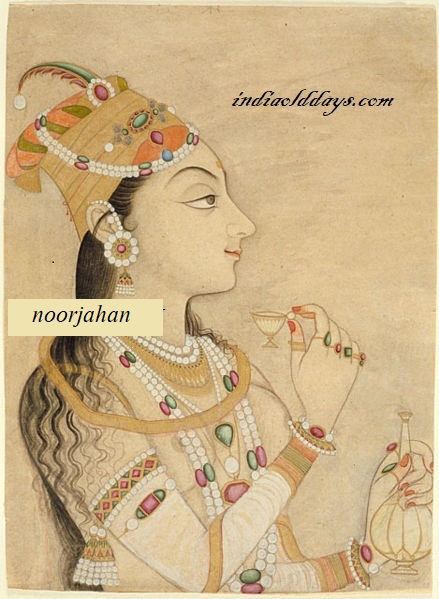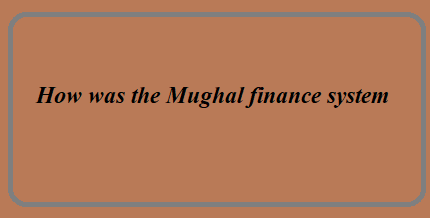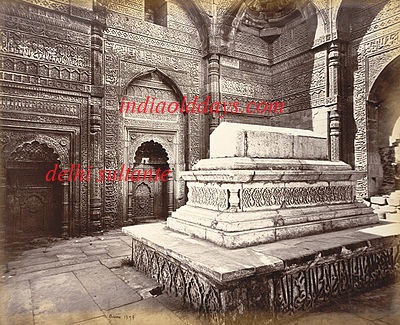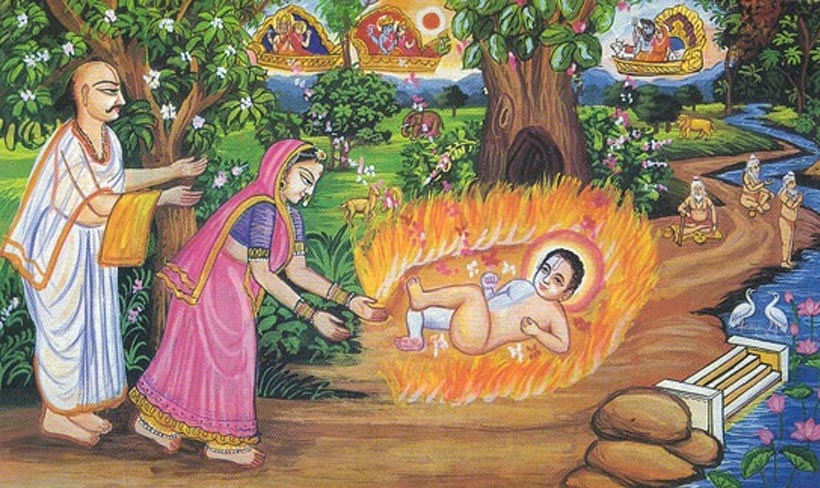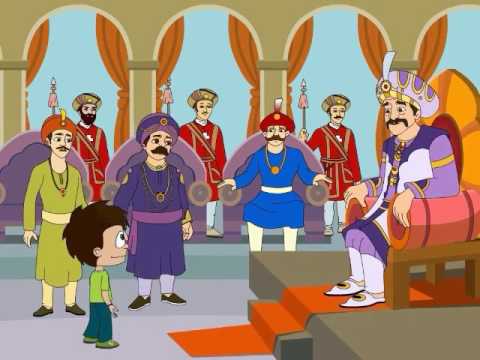Who was Balaji Bajirao
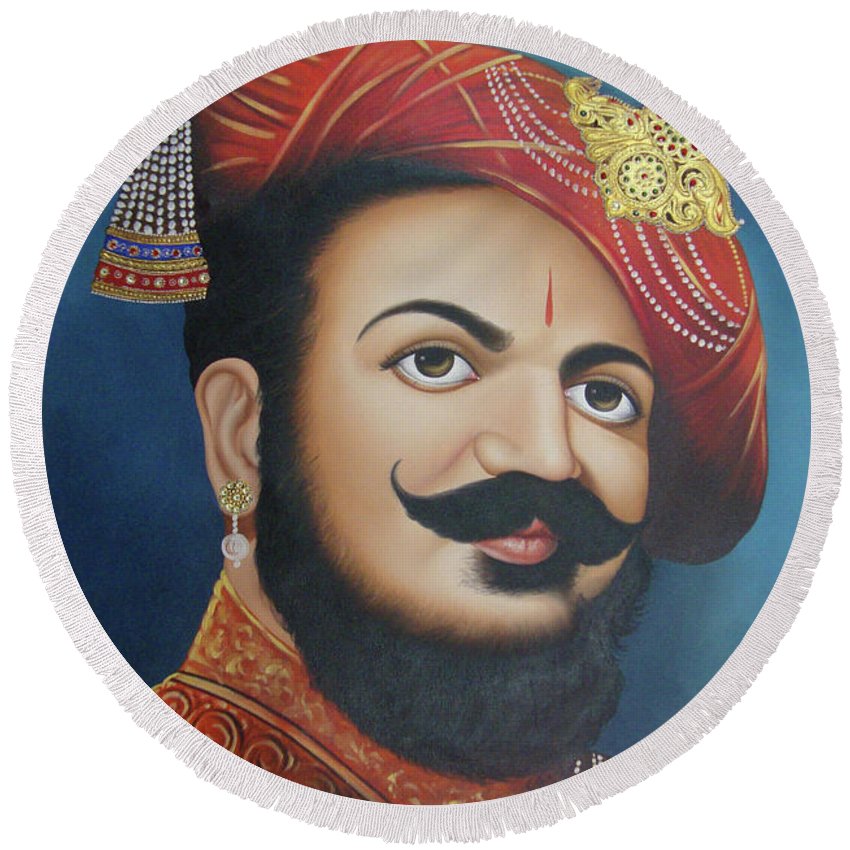
Balaji Bajirao (1740-1761 AD) –
After the death of Bajirao, his son Balaji Baji Rao (famous as Nana Saheb) became Peshwa. He was not a worthy soldier and commander like his father.
Its main weaknesses made the Maratha warlords subordinate and failed to keep the medicine in mutual cooperation. Balaji Baji Rao’s most important characteristic in the words of Ekarkar Sardesai was to control control control, to promote the means of income of the state and to use those means to make excessive use in the interest of the state.
1741 AD In return for Balaji Bajirao Raghuji Bhosle, Alivardi Khan left for Bengal to help alivardi khan and Raghuji Bhosale was defeated in the war, he was forced to join the Peshwa, for the recovery of fourth on Bengal and the army’s expenditure of 22 million Agreed to pay the money.
In 1741 AD, the Mughal emperor made a treaty and validated the rights of Marathas on Malwa.
15 December 1749 AD Shahu Ji died, he did not have any children. Before his death Tarabai’s grandson Rajaram II was appointed his successor.
January 1750 AD In Rajaram II, the coronation was done as a Chhatrapati. But Tarabai started conspiring to control politics. Masuri and Rajaram have also been in charge of praising the parallel party, but this policy could not be successful.
1750 AD In Raghuji Bhosale’s mediation due to mediation between Rajaram and Peshwa, there was a treaty of Sangola. Through this treaty, Maratha chhatrapati, only the name of the king remains. The real leader of the Samratha organization became Peshwa (remaining) and the center of Maratha politics was now Poona.
Shahu gave Peshwa the highest power in military and administrative matters, and made Peshwai countrywise for Balaji Bajirao too.
Tarabai tried to throw the Peshwa up and establish his influence on Rajaram and made Rajaram a prisoner in the fort of Satara.
1752 AD In Peshwa a treaty with the Mughal emperor By him Mughal emperor gave the Marathas the right to recover the fourth in India and in return the Marathas said that they promised to give assistance to the Mughal kings.
From this treaty the Marathas were directly related to the politics of Delhi and Maratha power reached the climax itself.
1754 AD In the leadership of Marathe Raghunath Rao, again invaded Delhi and the representative of Ahmed Shah Abdali removed the Najib-inauguration from Mir Baqshi and appointed Ahmad Shah Bangsh to that post.1758 AD. He also took control of Sirhind and Lahore.
One difference in the policy of Bajirao and Balaji Bajirao was that while Bajirao had a keen interest in north politics, Balaji Bajirao used to exchange money in the politics of Deccan.
1752 AD In the Treaty of Jhalki, the Nizam handed over half the area of Barar to the Marathas.
Balaji also recruited non-Marathas in his army.
Reference : https://www.indiaolddays.com/

